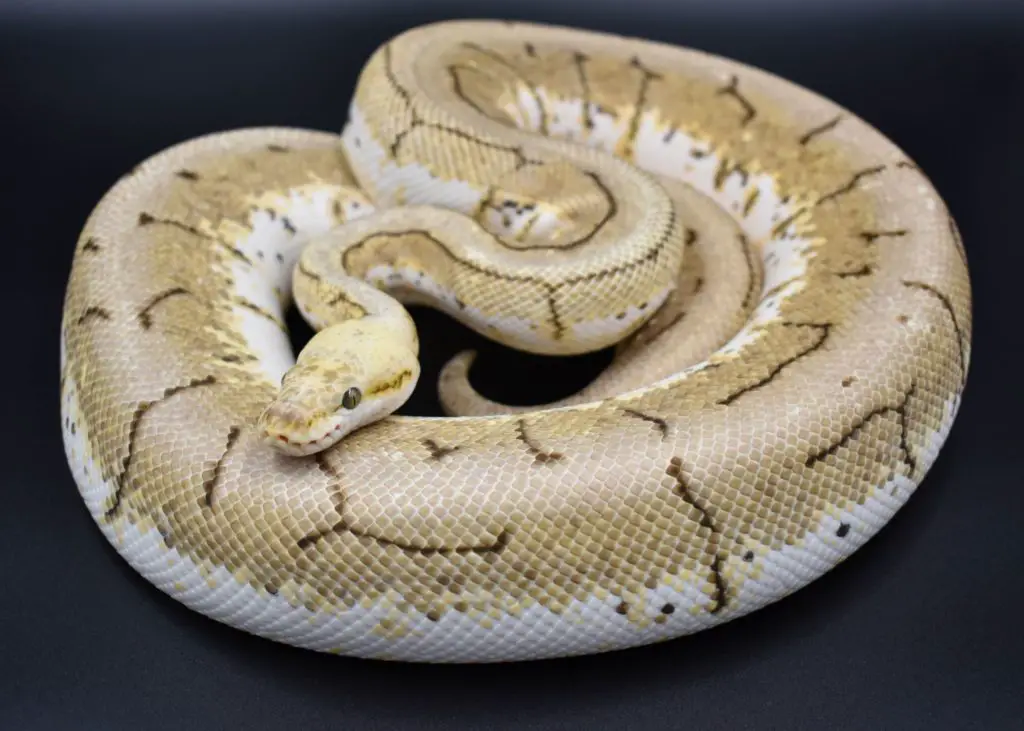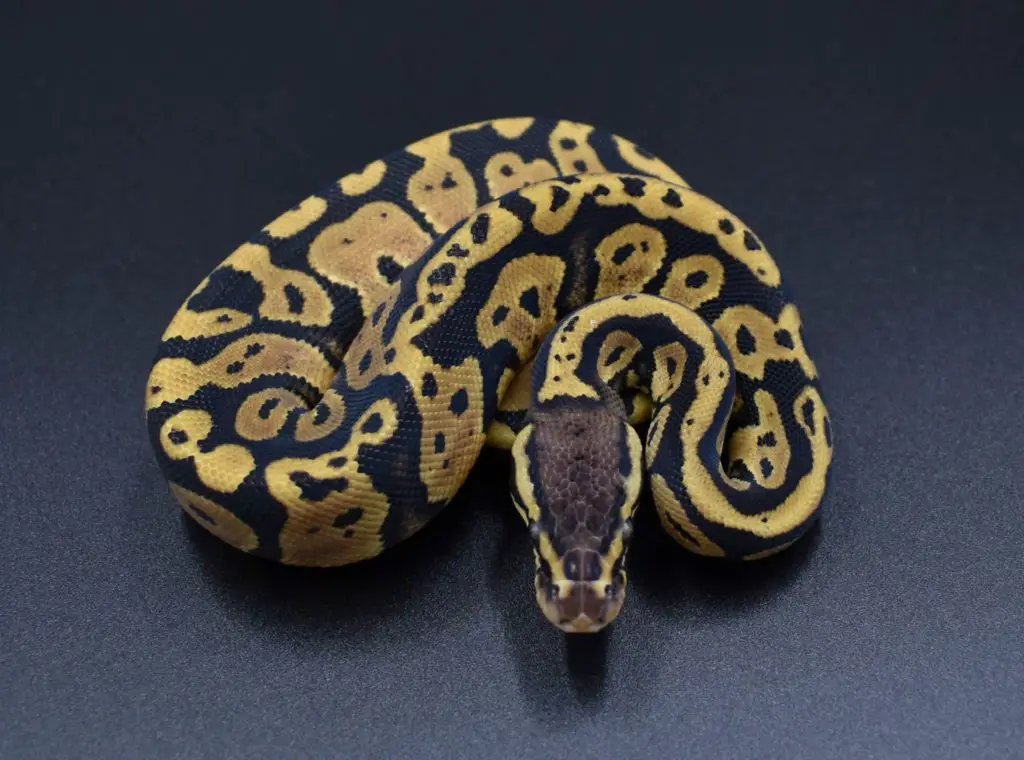Finding information on Ball Python health and diseases is pretty easy these days. But the best thing you can do is prevent disease through good hygiene practices. Though many illnesses are treatable, keeping your snake in a clean, healthy environment will go a long way to making an infection as unlikely as possible. For hard to treat infections like Nidovirus (a respiratory disease), quarantining new pets is still the best preventative method.
In this article, I’ll tell you how to clean your snake’s enclosure and keep the germs at bay, but I’ll also let you know when to take it to the vet – just in case. Don’t forget to check out the related posts at the end for more detailed information on Ball Python health.
Ball Python Diseases
Most Ball Python diseases are quite abrupt when they appear, even if they’ve been simmering for some time. When symptoms finally burst out, you’ll notice them pretty quickly. Check out the table below for the most common illness and their symptoms:
| Illness/codition | Symptoms |
| Respiratory infection | Bubbling, wheezing, clicking, pink belly without a subsequent shed cycle |
| Mouth rot (Stomatitis) | Heavy salivation, wheezing, clicking, swollen jaw |
| Scale rot (Necotizing dermatitis) | Pink, orange or red lesions that form irregular blotches and spread |
| Abscesses (from rodent bites or other) | Localised swelling under the skin |

Hygiene for disease prevention
With long-term captives special attention should be paid to hygiene. In the wild an animal will simply move away from a spot where it has defecated, but in captivity they can’t. This means they remain in close proximity to a high concentration of germs until you remove their mess.
The result of this is that if proper hygiene is not maintained, micro-organisms that are usually commensal can become numerous enough to overwhelm a captive animal’s immune system and turn pathogenic. A good example of this phenomenon is infection by Protozoa such as opportunistic amoebas and certain types of Coccidia.
Coccidia are a subclass of parasitic Protozoa that can infect Ball Pythons, but contrary to popular belief do not always cause symptoms. In one study, several snakes were found to remain subclinically infected with Coccidia if kept at certain temperatures, showing no symptoms whatsoever. It should be assumed that while some Coccidia cause an abrupt health decline, others will cause infections (Coccidiosis) if an animal is kept under poor husbandry conditions.
How to clean Ball Python enclosures
It is good practice to check your animals daily (just visually) and remove waste immediately. Enclosures, water bowls and hides should be disinfected with a veterinary disinfectant once every two months or more often if the snake makes a large mess.
Personally I use F10 disinfectant. Water bowls should also be rinsed at least once a week and cleaned with washing-up liquid if any slimey-ness or build up (biofilm) is present.
My snakes love fresh water and often go straight to the bowl for a drink when I replace it every 3-4 days. On top of these hygiene measures, it is a good idea to completely replace the substrate every couple of months.

When to take your Ball Python to the vet
A question that pops up regularly is “should I take my snake to the vet if…”
If your snake does any of the following, take it to a vet immediately:
- wheezing/bubbling
- salivating
- getting a swollen face/neck
- becomes unable to move/unfurl
- shows lumps under the skin
- looks straight up at the ceiling for hours (stargazing)
- gets sores that seem to spread
For minor scrapes and abrasions, a veterinary disinfectant ointment can be used. A small tube won’t cost much, but will last you a long time and hopefully never be used, making it well worth having it around in case.
Infections in Ball Pythons range from mites to Nidovirus respiratory infections. I’m not going to go into them all here, but the key to getting any of them treated is finding the right vet. If your local vet says “well I do have some experience with exotics so I’ll take a look” – that’s not good enough! It takes a specialist to have a high success rate when treating reptiles.
If you have to drive for an hour or two to get to the nearest specialist it will be worth it. In fact, it will probably be the difference between a dead or live snake after treatment.
More on this subject:
- Ball Python Scale Rot: How to understand and treat it.
- Ball Python noises *Includes information on diagnosing Respiratory infections
- How often should I clean my Ball Python’s tank?
- How long do Ball Pythons live?
- Can I take my Ball Python outside?
- Can I leave my Ball Python alone for a week?
- Do Ball Pythons sleep?
Ball Python Care topics:
- Intro
- Enclosure guidelines
- Bedding and refugia
- Heat and Light
- Humidity, water, and shedding
- Ball Python Size
- Handling
- Diet
- Health and hygiene *You are here
- Breeding
- Eggs
